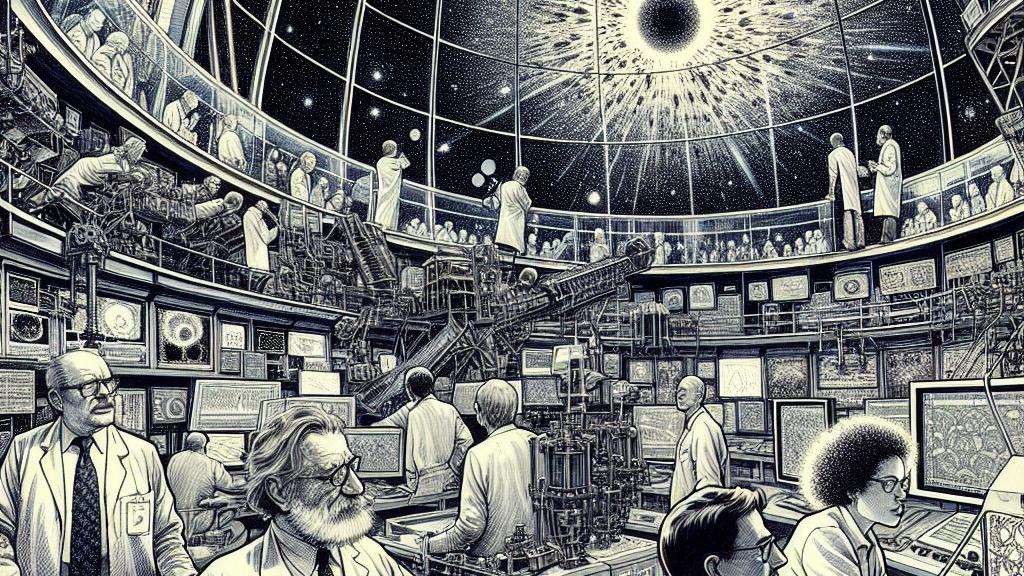Identifying Flaws in Astrophysics Models of Massive Stars and Supernovae
Overview
- A revolutionary study uncovers critical discrepancies in astrophysical models, prompting a re-evaluation of massive star behaviors.
- Employing advanced techniques, researchers deepen our understanding of iron-60 isotopes, crucial for deciphering the life cycles of stars and their explosive fates.
- These groundbreaking discoveries have the potential to transform the scientific narrative surrounding cosmic events and stellar evolution.

Groundbreaking Insights from Michigan State University
At the forefront of astrophysical research, a dedicated team from Michigan State University has made astonishing discoveries that challenge long-held beliefs about massive stars and their explosive deaths as supernovae. Their investigation reveals inconsistencies between existing astrophysical models and actual observations gathered through gamma-ray astronomy. This is significant because it indicates a possible oversight in how we understand the lifecycle of massive stars. The scientists concentrated on iron-60, a fascinating unstable isotope formed in the cores of these colossal stars and released during supernova explosions. This isotope is crucial because it acts as a cosmic fingerprint, offering a tangible link to the explosive processes that occur in the universe. By utilizing innovative experimental approaches, they've embarked on a mission to refine these models, hoping to unravel the intricate tapestry of stellar evolution and contribute to a more accurate portrayal of these powerful cosmic phenomena.
The Essential Role of Iron-60 in Cosmic Studies
Iron-60 is far from an ordinary isotope; it plays a pivotal role in our understanding of stellar dynamics. With a half-life exceeding two million years, iron-60 decays slowly enough to leave a lasting impression of its explosive origins. As it gradually transforms, it emits gamma rays, which are invaluable for astronomers seeking to decode the lifecycle of supernovae. Recent advancements in methodologies, such as the beta-Oslo Method—a new approach derived from earlier techniques—have opened fresh avenues for studying unstable isotopes. This innovative method enables scientists to measure neutron capture reactions indirectly, especially for isotopes like iron-59, which decays too rapidly for typical laboratory analysis. By tackling these challenges head-on, researchers can better understand the processes behind supernovae and address the discrepancies that plague earlier models. It's this combination of creativity and scientific rigor that keeps the field of astrophysics vibrant and dynamic.
Redefining Our Cosmic Perspective and Future Understandings
As this cutting-edge research unfolds, the implications are nothing short of transformative. We stand on the brink of a paradigm shift in how we perceive the lives of massive stars and their explosive fates. These findings not only affirm some previously established observational data but also stir new questions about the intricate mechanisms that govern stellar life cycles. Understanding the nuances of iron-60 could further our grasp of the early solar system, particularly in terms of how supernovae have shaped the planetary environments we know today. This exploration not only exemplifies the thrill and complexity inherent to the journey of scientific discovery but also illustrates how one innovative study can rewrite sections of astronomical lore. Ultimately, the exploration of the cosmos is a captivating narrative, rich with profound discoveries and enlightening questions about the universal forces at play.

Loading...